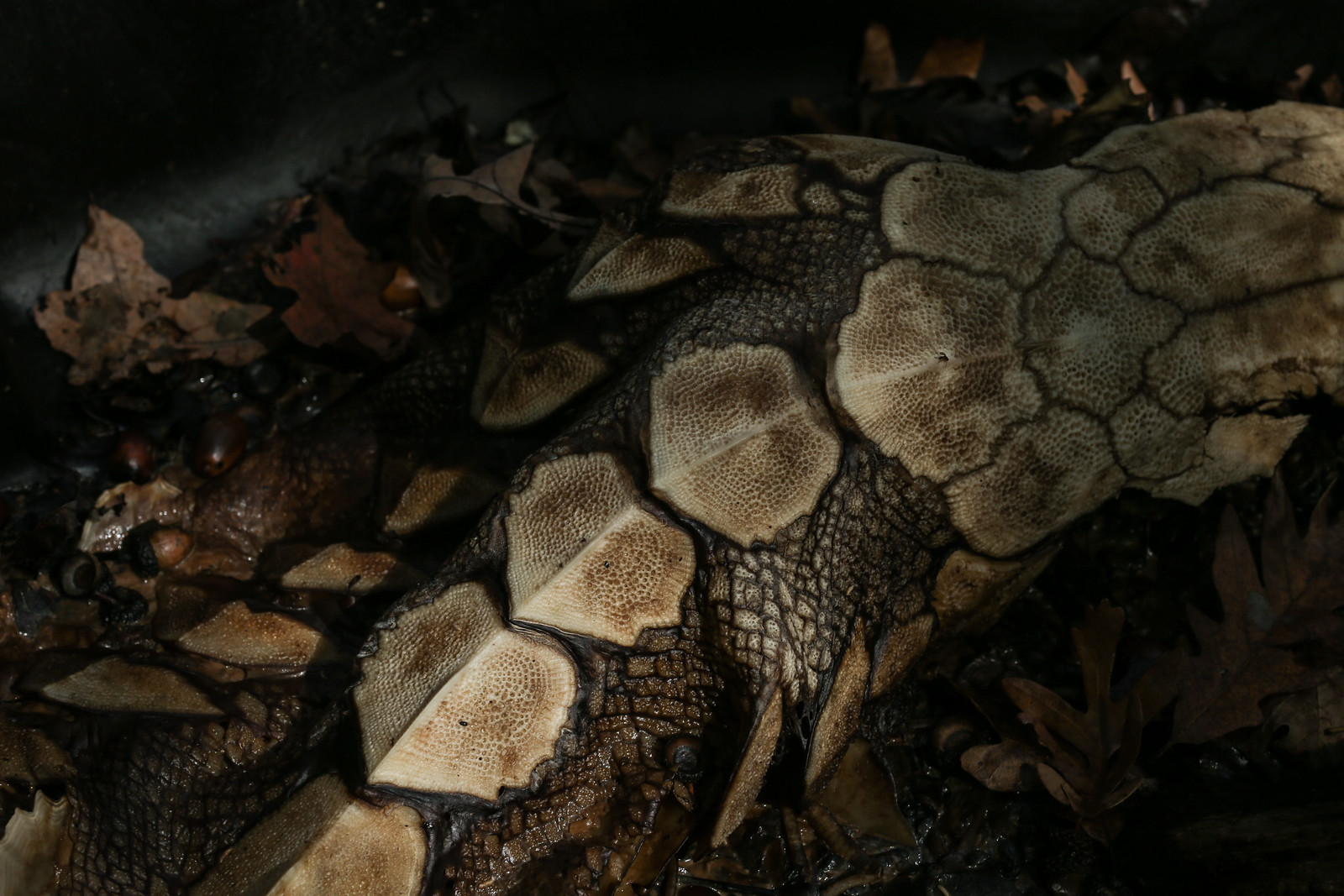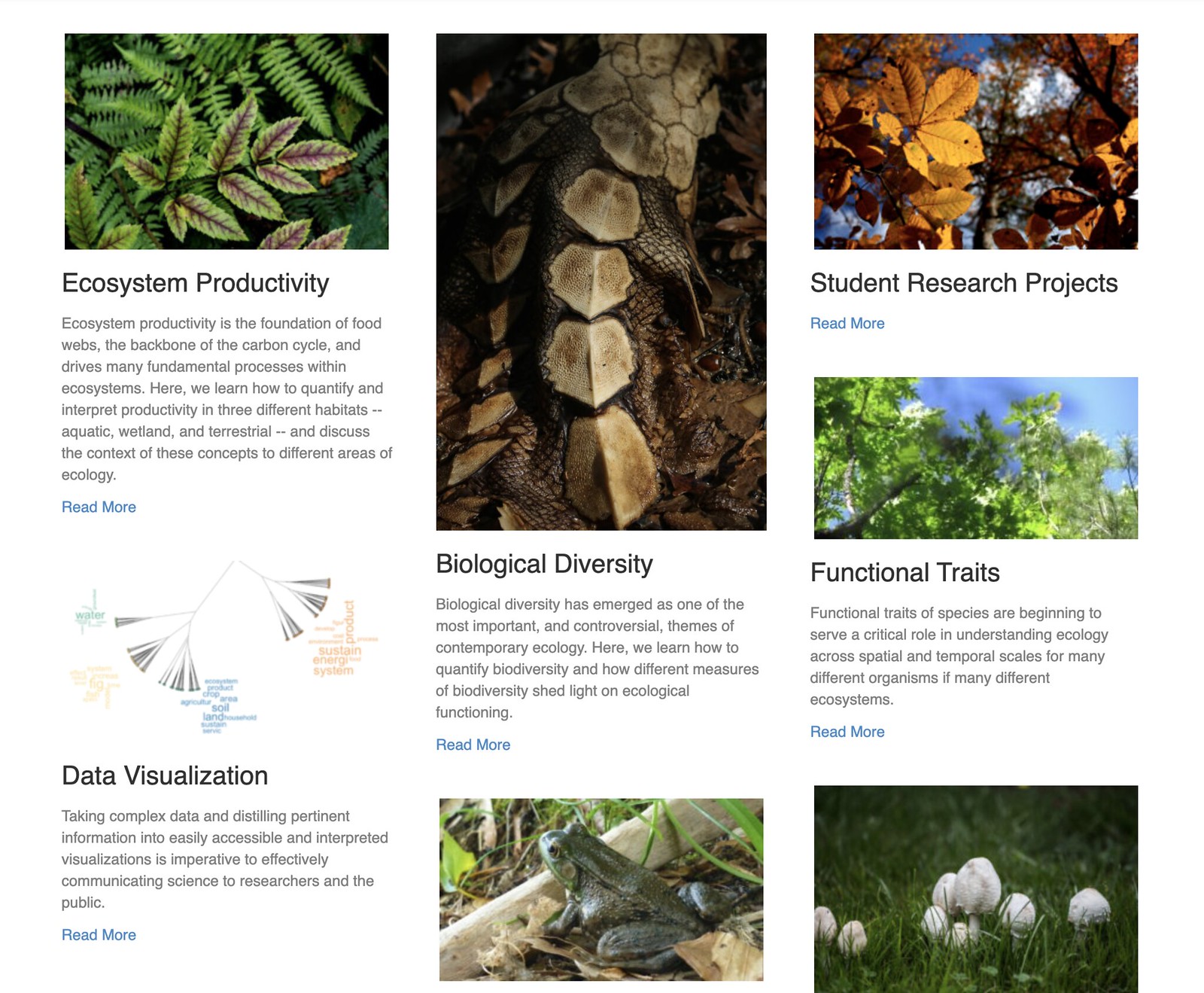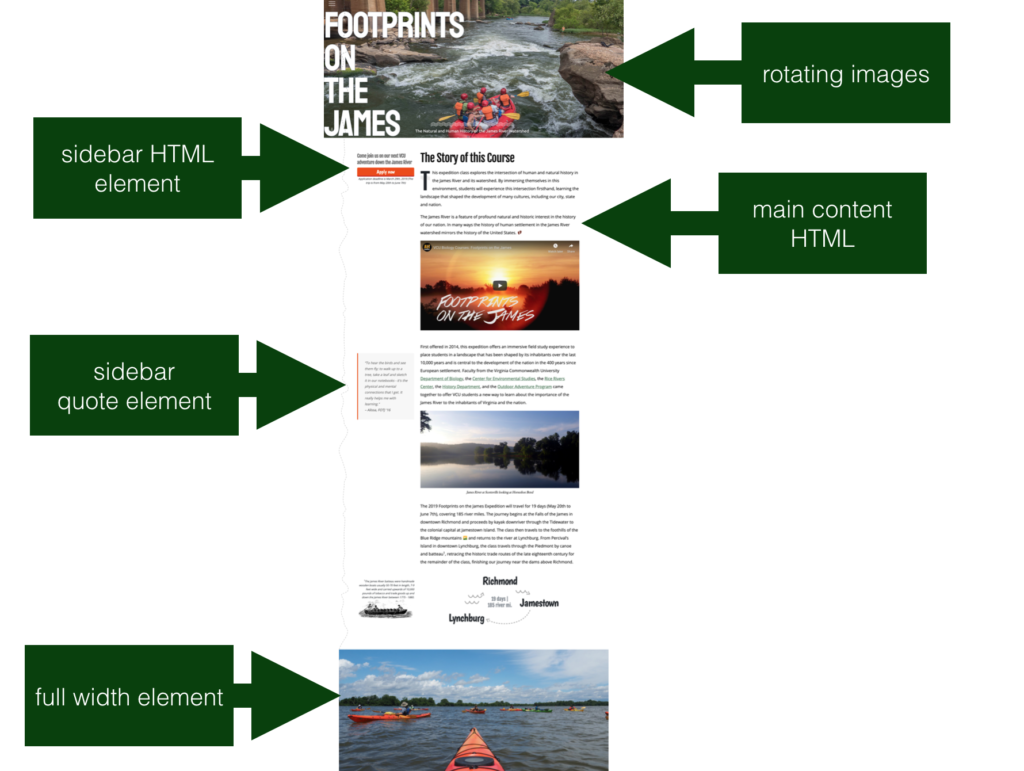I’m going to put biology, environmental sciences, and some other things associated with biology in my head in this post. This does not reflect the political realities of VCU where it’s a very big deal that these things are not in biology. I’m not going to get to nearly all of these and I don’t have all of them here but that’s a longer list.
I love these people and these projects. So many were great chances to learn new things but also to get outside and really blend technology, nature, and experiential learning. So many people want you to choose one or the other. Why not both and in ways that reinforce the advantages in each?
Sturgeon Wrangling
Very early on in my time at VCU Matt Balazik was doing an amazing blog on his work with sturgeons on the James River. He had a sturgeon tattoo on his arm . . . that his wife drew! He was fully committed! He’d post about sturgeons but also put up really interesting things like the train-car padlock from the early 1900s that he found under one of the railroad bridges that span the James. Something weird happened politically with his blog and he took it down. It was very sad because he was doing an amazing job. I had plans to get out with him on a boat and actually help net sturgeon but he was gone before I knew it and that dream remains unfulfilled. I still think of Matt every time I hear something about sturgeon.
See the Pen
warbler – Matt Roberts Version by Tom (@twwoodward)
on CodePen.
Prothonotary Warbler
This was one of the beautiful projects where I think we were too far from Kevin Bacon.1 If I recall correctly there were graduate student involved and one day people were gone and the project just ended up abandoned. I always hated when things like that happened but we took the concepts we evolved here and ended up using them in a number of other projects down the line. I really believe if you’re doing good work then that time and effort is never wasted. It comes back around later. I also disagree with chasing people who have clearly disengaged in this kind of process. Even if you catch them and force them back, it’ll be miserable for everyone and odds are they won’t use the site anyway because they’ll associate it with misery instead of joy.
The main goal here was to create interesting public science content that could be used to talk to people at both ends of the prothonotary warbler migration path about the bird and the research around it. There was a chunk of consideration given to eventual translation and making the content work well for iPad usage in places outside the USA.
I really loved the aesthetic that Matt came up with and we were starting to rough out the interactive components in a way that I felt could become really engaging and straight forward while also accurately conveying the research. Jeff was working out some scrolling map interactions. It also illustrates how we’d often chop up work and then eventually bring the pieces back together. It is really a beautiful thing to work as part of a well functioning team.
Eco Techniques
Hard to resist a group with leads with “For the things we have to learn before we can do them, we learn by doing them.”
I thought I’d written this one up previously but I’m not finding anything substantial, just a few references here and there. It’s actually a story I’ve told a number of times because it’s illustrative of how we tried to do things.2
Anyway Chris Gough walked in for the first time and explained he wanted a website to allow a bunch of different faculty to build out their own modules for a hands-on citizen-science experiential-learning course. I could not say to that many interesting hyphenated words and Chris has an excitement about his work that is contagious. The catch was it had to be done pretty much in the next couple days and that the faculty were unlikely to respond to email because it was summer. Something like that anyway. Lots of reasons to say no . . . but we said yes.
I threw together a Beaver Builder WYSIWYG site. I assuaged my wounded pride by opting to use my own biology-related photos for the most part. The more interesting aspect is the Google Folder integrations at the module level. That let faculty drop their content in a place they knew and understood and it automatically ended up in the right place on the site. I made the folders just to save time and energy and confusion and it worked really well. Faculty bios are there and they were able to add images and other things to the site to customize it.
The other fun little piece was an interactive graph on carbon sequestration. It was modeled on the NYT’s You Draw It Obama’s data article. I still find that pattern to be one of the more powerful ways to confront assumption and preconceived notions. It should be widely used in education. Matt helped get this one working and Jeff later added a firebase element to record and average the guesses. See? Teamwork.
Field Botany
This site was good. It could have been world changing in the way I’d hoped back in 2014. It ran for a semester or three but then another strange political thing happened and the course didn’t run any longer. At least one student reported getting a graduate school job based on the work they did as part of this class. I got to go out in the field and learn all kinds of things about field botany. One of our interns did the art work for this parallel site and then ended up getting his drawing of a fern leaf tattooed on his arm.3
The field botany site continues to have all sorts of interesting comments and questions from the community. They are identifying unidentified plants. Asking about plants they’ve seen. But those questions sit there unpublished. Maintaining sites like this takes time and energy. It’s also a tricky thing about giving the site away. It’s not my place to go in an approve comments or respond unless we make that part of the deal and do I really know enough about the topic to play that role? I don’t and have to let it go but is sad to see it come so close to being absolutely amazing.
It is worth looking at the online experience site. It was made for the VCU board of visitors as something to try to get a flavor for how we were conceptualizing online. It didn’t seem to go over well. There might be lots of reasons for that. It tried to explain the choices and show examples. It tried to blend real-world data gathering and make interactive components that got you outside. I think what they wanted was a slightly polished Blackboard shell. It was pushing an audience too far. They didn’t want a thing different from what was. It would have taken a real investment of time and energy from a lot of people to make this work and we didn’t have that much political backing. Still, we swung for the fences and I remain glad we did.
Footprints on the James
I love this class. I love this theme. Dan Carr is the incredibly interesting guy behind the concept. I’ll miss the strange conversations we’d have as he walked us through so many intertwined topics. Matt spent quite a bit of time working out the visuals and making this theme. It was one of his earlier large projects. I helped a bit with various things. I wrote up how we took this one course and made it into a theme to be used with all future river-based courses.
There’s another site, River of No Return, that uses the theme as well.
As part of this project we ended up finding out about an old VCU faculty member’s (Ann Woodlief) book on the James, In River Time, that was in an HTML page in a place that was likely to be closed out in the near future. We brought it into Ram Pages and gave it a river theme. Hopefully the new location and new look will give their work additional longevity.
Right before COVID hit we were building out a site for a consortium of universities focused on river biology/ecology/science. It was going to knit all these courses and opportunities together. Hopefully that’ll come back to life at some point.
This is another experience I’d hope to take part in but never managed to do it. We also talked about what we might do to better allow digital documentation without interfering in the experience and while being restricted by lack of cell connection, wifi, and power for portions of the trip. I had hoped to build a waterproof pirate box4 that we could sync back on return to power and wifi land but we never quite got there.
If these regrets tell me one thing it’s to get moving and do the things while you can. Time and people move on so swiftly. None of this is wasted though. The ideas and conversations come back around. They shape future conversations and enable future possibilities.
Evolve
A patterned-entry student-publishing site for undergraduate research. Just tweaking an existing theme and using Gravity Forms to structure the entries.
Earth Systems
This is a student project site with patterned entry. I like the look and feel and the variety of project options is fun. This site is using a template we build out for the Environmental Studies courses.
Environmental Studies
I know I’m lumping this in to the BIO post and that is wrong. My apologies. These posts take far longer to write than you’d think and I have obligations to children on weekends.
Rodney Dyer has been working with us for a long time. He is as interesting as his beard is powerful. I’d always try to figure out better ways to help him. I’d ask if he needed server access, software, hardware, money? Nope. He needed nothing. I once asked if he wanted to get in National Geographic because someone asked me to hook up a National Geographic photographer with someone doing interesting work. He responded that he’d already been in National Geographic (but then did the photoshoot anyway). He is an interesting guy who always surprised me with answers like that and he does all kinds of additional interesting things (brews his own beer, fly fishes, etc.).
We worked on the base themes for the groups he ended up running as head of ENVS. Those live on dear ol’ RamPages despite the powers that be. Rodney managed that political drama over the course of what felt like 50 years.
We were doing some work with ENVS portfolios and collective data that as the potential to be really interesting.
I hope it gets some focus post-COVID. I could write five posts about all this stuff but I’ll just put these videos in for now.
Things I’m Neglecting
We have a bunch of other stuff going on but I need to end this. There are at least two biology OER textbooks in play on our Pressbooks install. We were talking about tree surveys and annotated reality options at different points. We did fun work with birds. We have a ton of labs on RamPages.
1 If this makes no sense to you, it doesn’t matter. I’m ridiculous and much of what I write or say should be ignored.
2 It’s sad how poor a job I’ve done documenting some of this work but done is done and it’s getting done now so stop harassing me internal voices.
3 I guess this is a theme? Molly has a bee tattoo on her arm from some previous project as well.
4 I’ve always wanted to do something with this since seeing Alan’s posts on it. I do realize it’s pretty much shut down as a project but it’s the idea I like.




2 thoughts on “VCU: The Long Goodbye (Biology)”
Comments are closed.